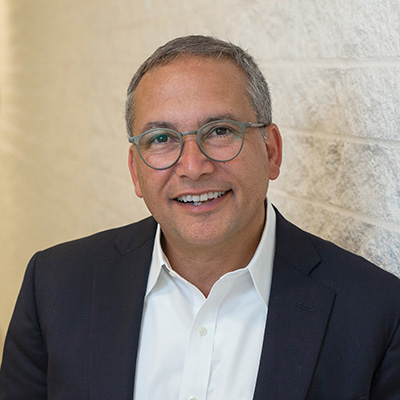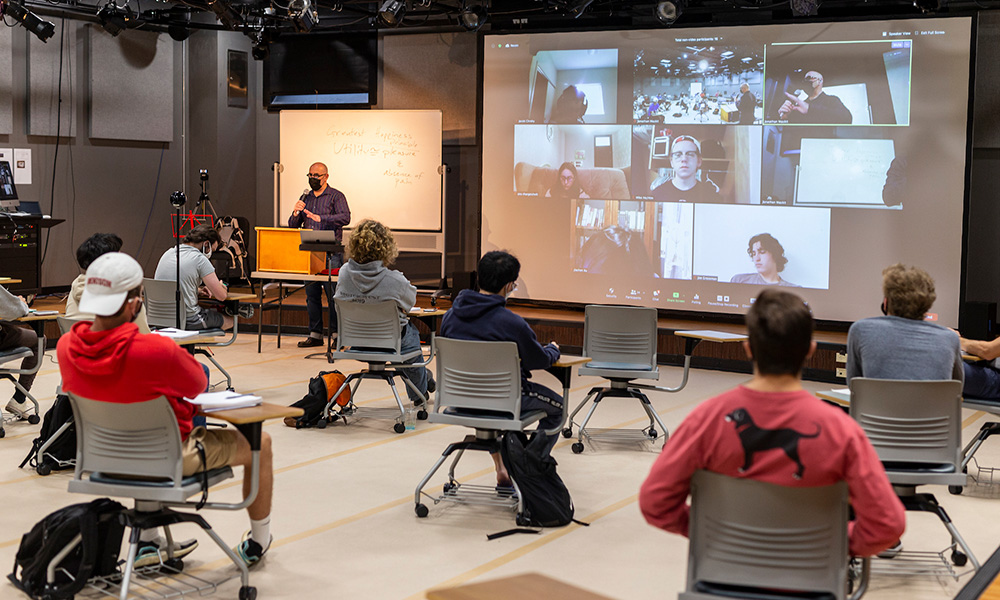For decades, the pay TV industry functioned mostly unchanged. Consumers paid for a service package based on how many channels they wished to watch. They then watched content on a single kind of device — a television.
This paradigm is gone. Now consumers pick among a range of content providers like Netflix and Hulu. They may also purchase traditional cable TV packages, or they may purchase channels a la carte. In effect, consumers are unbundling and rebundling their entertainment offerings to suit what they want and can afford. And they are consuming content from a wide range of devices.
A similar process is taking hold in higher education. Students are starting to depend more on a range of different entities to meet their needs. Viewed the right way, this is an opportunity for universities to better serve students and for students to have more control over their education.
Education 2.0
One of the strengths of US higher education is the range of institutions that can meet a myriad of student needs.
As time goes on, more young people will choose to forego traditional higher education and instead pull together a quick set of credentialed skills that can help them land a job. They will then acquire more education as they need it over time to build a career.
Much of this will continue to be delivered by community and technical colleges, but more will come from new players in the market, such as Google’s Career Certificates and tech bootcamps like Kenzie Academy.
Master programs will also be unbundled. Students rarely need most of what these programs provide, and they often overpay for them. Students will find that LinkedIn Learning, IDEOU, and Pathstream create quicker and cheaper pathways to upskilling. Others will move into this space, including universities that will continue to bite-size their master’s programs into quick upskilling programs. Harvard Business School Online’s short certified courses are one example.
The opportunity ahead
None of this means that the traditional four-year undergraduate residential college is going away — but it will unbundle in interesting ways.
Over the decades, colleges have provided more amenities and services at mixed quality. At larger universities, students often pay for amenities and services they don’t want or can’t access, whereas smaller colleges lack the size and resources to provide the range of amenities and services students need and want. New entrants are now moving into these spaces, which will level the playing field and benefit students. Here are four examples:
Healthcare will increasingly be provided by tele-heath organizations like TimelyMD or Doctor on Demand which can connect students to a wider range of health professionals 24/7. Students may stop paying universities a healthcare fee but will pay an outside provider directly.
Financial aid may still come through the university, but from different kinds of agreements being developed by companies like Better Future Forward, Vemo or College Ave.
Career services, which remain underfunded at most universities, will be provided from multiple entities. Students will find it easier to get internships through entities like Riipen and we will see more efforts like Denison Edge(formerly The Denison University Launch Lab), which seeks to be a resource for any liberal arts student who needs career support.
Alumni may bypass their alma mater to connect with fellow alumni through other platforms. For decades universities have owned their alumni lists, but by aggregating data available on social media platforms, a new entrant could create a more up-to-date alumni database and make it easier for alumni to access and use. LinkedIn has already opened this door.
On the academic side, more students are collecting academic credits from a range of institutions. They need ways to aggregate credits into a degree. In the future, a student might get a degree from a university system, rather than a particular university. Or a new kind of entity will figure out how to award degrees through aggregation of credits, experiences and competencies. Platforms like Transferology will help in this process.
Even faculty will unbundle, relying less on their college’s learning management system and the campus (or any) bookstore. Instead, they will work directly with companies like Top Hat to develop their courses on standalone platforms. We may see faculty who develop courses on these kinds of platforms sell to or deliver them in partnership with multiple universities.
From unbundling to rebundling
Just like cable TV consumers, we will see students rebundle offerings to create their own unique college experience. They will find what they want and need from a variety of universities and entities, and many will be able to do this at a reduced cost.
Universities will experience this process in different ways, depending upon where they sit in the higher education landscape. Struggling institutions will be threatened by new entrants that seek to replicate what they do, but they will also find opportunities to develop new kinds of partnerships that allow them to pivot and reimagine their future.
More prestigious colleges and universities will find a lot of upside. They will have opportunities to reimagine how they meet students’ needs. This may allow them to focus more on their core purpose — the academic enterprise and the student experience. It will also generate revenue for institutions that can be creative.
In other words, smart institutions will focus with precision on who they serve and what those students need and want. They will be self-reflective on what they do well and where they want to devote institutional resources. They will use a combination of unbundling and rebundling to better meet the needs of the students they serve.

